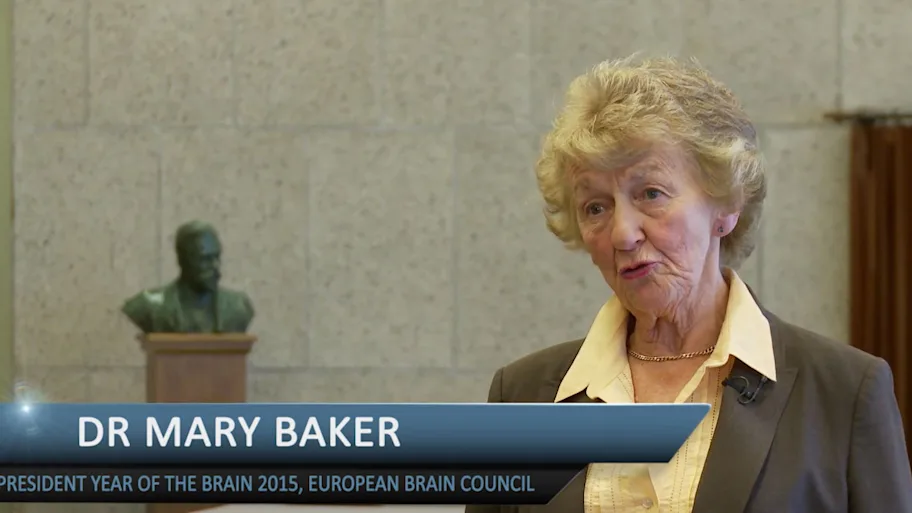
- Science news
- Featured news
- Researchers chart a new way to look at concussion
Researchers chart a new way to look at concussion

There are many features of concussion, ranging from sleep problems to mood disorders to the increased risk of dementia. Image: Shutterstock
A new causal-loop diagram shows how specific variables and processes interact to influence concussion recovery.
— By Portland State University
A research team studying concussion has published an interactive diagram showing the many facets of mild traumatic brain injury — from sleep problems to mood disorders to the increased danger of dementia — and how they connect with and affect each other.
The diagram and its accompanying web-based presentation are part of a new article the team published in Frontiers in Neurology. The article is a follow-up to a paper the team published last year calling for the use of systems science as a new way of understanding the puzzling and complex nature of traumatic brain injury.
The Dynamics of Concussion: Mapping Pathophysiology, Persistence, and Recovery With Causal-Loop Diagramming► Read original article► Download original article (pdf)
“This paper is a big step forward beyond that initial effort,” said lead author and PSU systems scientist Erin Kenzie. “Our causal-loop diagram shows how specific variables and processes interact to influence concussion recovery. By analyzing patterns in the feedback dynamics, we can better understand how recovery might be facilitated or impeded.”
Kenzie said standard medical research can examine certain variables of traumatic brain injury in isolation, but is not designed for capturing the big picture. That’s why she and her team are pursuing a systems approach, which has helped scientists understand other complex conditions such as cardiovascular disease, obesity, drug abuse and depression.
“Recovery from concussion, and traumatic brain injury more generally, is dependent on a wide variety of factors that interact with each other. For this project, we zoomed out to the systems level to sketch out how the variables interact,” she said. “We want to better understand why some people seem to recover quickly from concussion, while others suffer more lasting symptoms and deficits.”
Kenzie said this preliminary model will help researchers identify new areas for research, contribute to a new classification system for TBI and enable clinicians to consider concussion from a new perspective.
The interactive platform walks users through the model and allows them to zoom in, pan, see connections, view supporting citations for each link in the model, and insert their own comments.
“We’d love to see users get engaged and provide feedback,” Kenzie said. “We hope this sparks a discussion about how to make sense of complex medical challenges like traumatic brain injury.”
The article and the diagram are the culmination of four years of research, which has was funded by the Brain Trauma Foundation and the Department of Defense.
Original article: The Dynamics of Concussion: Mapping Pathophysiology, Persistence, and Recovery With Causal-Loop Diagramming
REPUBLISHING GUIDELINES: Open access and sharing research is part of Frontiers’ mission. Unless otherwise noted, you can republish articles posted in the Frontiers news blog — as long as you include a link back to the original research. Selling the articles is not allowed.






